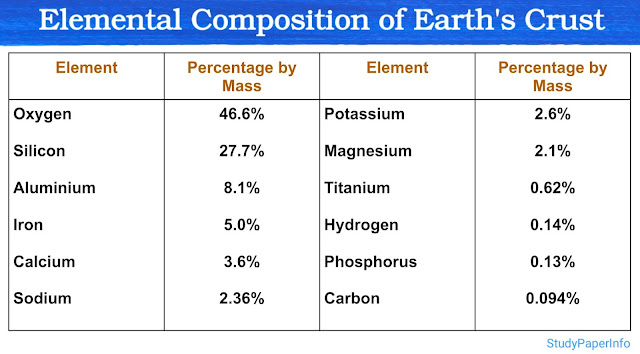Why the mitochondrion is called the "powerhouse" of the cell?
The mitochondrion is commonly called the "powerhouse of the cell" because it is the main site for the production of adenosine triphosphate (ATP), which is the energy currency of cells. This label reflects the central role of mitochondria in cellular respiration, where they convert energy stored in food molecules into usable chemical energy. Before explaining how this happens, it is important to understand the background of this concept and how ATP generation is connected to the structure and function of mitochondria.
ATP is required for almost all cellular processes such as muscle contraction, active transport across membranes, cell division and biosynthesis. However, ATP cannot be stored in large amounts, so it must be constantly produced. Mitochondria carry out aerobic respiration, which is a highly efficient process that yields a large amount of ATP compared to anaerobic pathways. In fact, one molecule of glucose can yield up to 36 to 38 molecules of ATP in the presence of oxygen and most of this ATP is generated inside mitochondria.
The process begins in the cytoplasm with glycolysis, which breaks down glucose into pyruvate. This pyruvate enters the mitochondrial matrix where it undergoes the Krebs cycle (also known as the citric acid cycle), releasing high-energy electrons. These electrons are then passed through the electron transport chain (ETC), which is located in the inner mitochondrial membrane. As electrons flow through the ETC, protons are pumped across the membrane to generate a proton gradient. Finally, this gradient powers ATP synthase, an enzyme that synthesizes ATP from ADP and inorganic phosphate. This entire process is called oxidative phosphorylation.
The reason mitochondria are so efficient is due to their unique double membrane structure and the presence of their own DNA and ribosomes, which allow them to produce some of their own proteins and enzymes needed for energy metabolism. This evolutionary origin is explained by the endosymbiotic theory, which suggests that mitochondria evolved from free-living aerobic bacteria.
Thus, mitochondria are called the "powerhouse" of the cell because they are the central site where biochemical energy is converted into a usable form, supporting all vital cellular activities.



Comments
Post a Comment